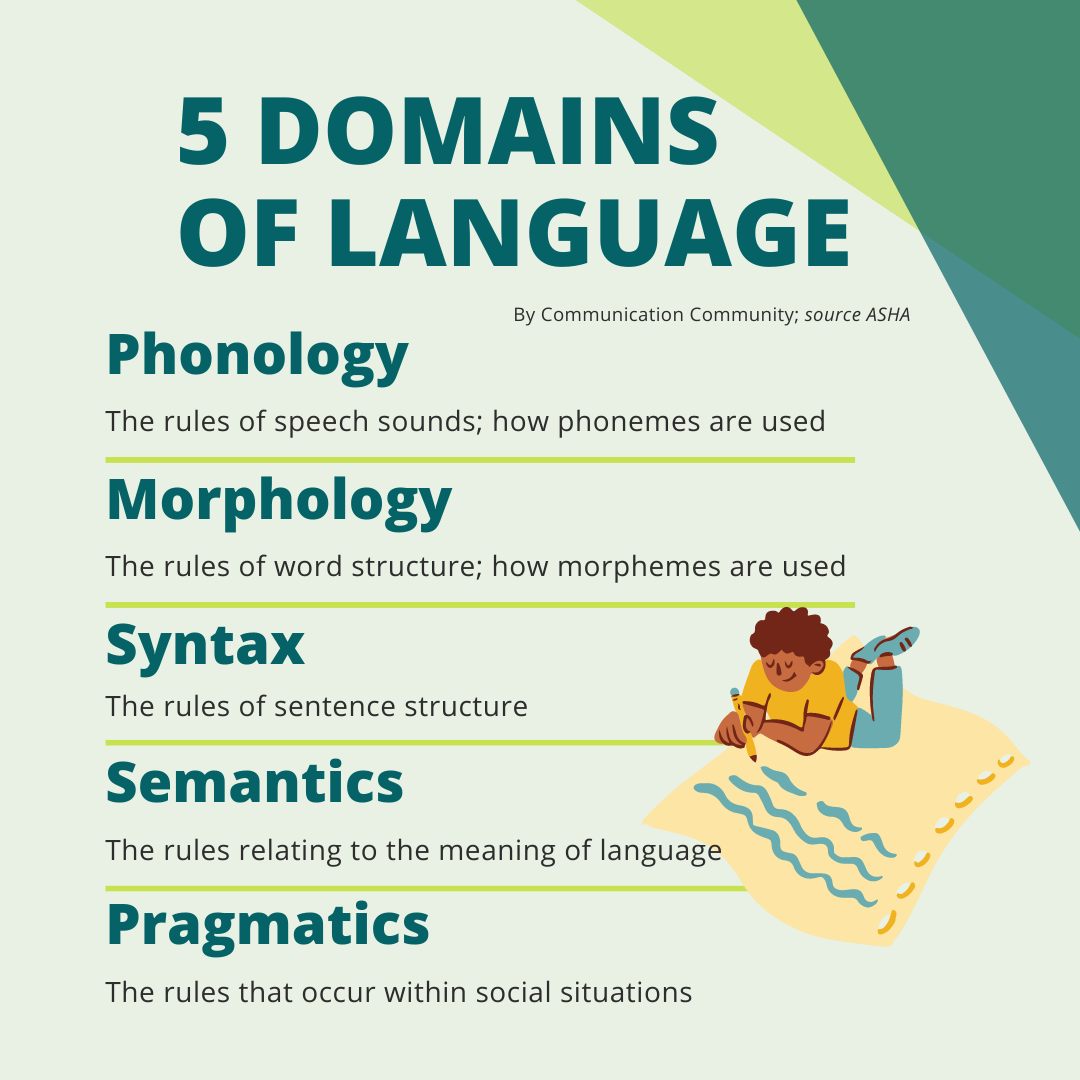What is expressive language – Embark on a journey into the captivating world of expressive language, where words dance and ideas ignite. From the tender beginnings of childhood babble to the eloquence of seasoned orators, expressive language weaves the intricate tapestry of human communication. Join us as we unravel its multifaceted nature, exploring the building blocks that enable us to express our thoughts, feelings, and experiences with clarity and impact.
Expressive language encompasses the ability to convey ideas, emotions, and information through spoken or written words. It involves a complex interplay of vocabulary, grammar, and pragmatics, allowing us to engage in meaningful conversations, craft compelling narratives, and forge connections with others.
Definition of Expressive Language: What Is Expressive Language
Expressive language refers to the ability to convey thoughts, ideas, and emotions through spoken or written words. It is a crucial aspect of communication, allowing individuals to express themselves and interact effectively with others.
Expressive language encompasses various forms, including:
- Verbal expression:Speaking, using gestures, and signing.
- Written expression:Writing, typing, and texting.
- Nonverbal expression:Using facial expressions, body language, and tone of voice to convey emotions and intentions.
Components of Expressive Language

Expressive language encompasses various components that work together to facilitate communication. These key elements include vocabulary, grammar, and pragmatics.
Vocabularyrefers to the collection of words and their meanings known to an individual. It enables us to express ideas and concepts through specific linguistic units.
Grammar
Grammar governs the structure and organization of language. It includes rules for combining words into meaningful sentences, encompassing aspects such as syntax, morphology, and phonology. Syntax determines how words are arranged in a sentence, while morphology deals with the internal structure of words and their variations (e.g.,
tense, number).
Pragmatics
Pragmatics involves the social and contextual aspects of language use. It encompasses the ability to interpret and convey intended meaning beyond the literal words spoken. This includes understanding and using appropriate language in different social situations, considering factors such as tone, body language, and cultural norms.
Development of Expressive Language
Expressive language development refers to the process by which children learn to express their thoughts, ideas, and emotions through verbal and non-verbal communication. It involves the ability to produce words, sentences, and discourse that are meaningful and appropriate for the given context.
The development of expressive language typically occurs in a predictable sequence of stages, influenced by a combination of genetic and environmental factors.
Stages of Expressive Language Development
Prelinguistic Stage (0-12 months)
- Cooing and babbling
- Gestures (e.g., pointing, waving)
Early Word Stage (12-18 months)
- Single words (e.g., “mama,” “dada”)
- Holophrases (single words that represent entire sentences)
Telegraphic Speech Stage (18-24 months)
- Two-word combinations (e.g., “more cookie,” “mommy go”)
- Use of verbs, nouns, and adjectives
Multi-word Stage (24-30 months)
- Production of three or more words in a sentence
- Use of simple grammar (e.g., subject-verb-object)
Complex Speech Stage (30+ months)
- Use of complex sentences and grammar
- Production of narratives and stories
Factors Influencing Language Development
Genetics: Studies have shown that genetic factors play a role in language development, with some children inheriting a predisposition for language acquisition.Environment: The environment in which a child grows up has a significant impact on language development. Factors such as parental input, exposure to language-rich environments, and opportunities for communication play a crucial role.Other
Factors: Additional factors that can influence language development include cognitive abilities, social interactions, and cultural influences.
Assessment of Expressive Language
Assessing expressive language skills is crucial for identifying children with language difficulties and providing appropriate intervention. Various methods are used to evaluate these skills.
Formal Language Assessment
Formal language assessments are standardized tests administered by trained professionals. These tests provide detailed information about a child’s expressive language abilities, including vocabulary, grammar, and sentence structure.
Informal Language Assessment
Informal language assessments are less structured and can be conducted in various settings. They involve observing a child’s language use in natural situations, such as play or conversation.
Importance of Early Identification and Intervention
Early identification and intervention for language difficulties are essential for improving a child’s language development and overall academic success. By providing appropriate support and intervention, children can develop strong expressive language skills and reach their full potential.
Intervention for Expressive Language Difficulties

Intervention for expressive language difficulties aims to improve an individual’s ability to communicate effectively through spoken language. Various approaches are employed, each with specific goals and techniques.
These approaches typically involve a combination of strategies, including:
- Direct instruction: Explicitly teaching vocabulary, grammar, and sentence structure.
- Modeling: Demonstrating correct language use through conversations and storytelling.
- Guided practice: Providing opportunities for the individual to practice using language in different contexts.
li>Feedback: Providing constructive criticism and encouragement to reinforce correct language use.
Specific Intervention Approaches, What is expressive language
1. Semantic-Pragmatic Intervention
This approach focuses on improving an individual’s understanding and use of language in social contexts. It involves:
- Teaching vocabulary and concepts related to social situations.
- Developing inferencing skills and understanding non-literal language.
- Improving conversational skills, such as turn-taking and maintaining eye contact.
2. Narrative Intervention
This approach aims to improve an individual’s ability to tell stories and narratives. It involves:
- Developing story structure and sequencing skills.
- Teaching vocabulary and phrases related to storytelling.
- Providing opportunities for the individual to practice telling stories.
3. Phonological Intervention
This approach focuses on improving an individual’s ability to produce speech sounds correctly. It involves:
- Identifying and correcting speech sound errors.
- Teaching correct articulation techniques.
- Providing opportunities for the individual to practice producing speech sounds.
4. Cognitive Intervention
This approach aims to improve an individual’s cognitive skills that support language development, such as:
- Attention and memory
- Problem-solving
- Executive functioning
It involves exercises and activities designed to enhance these cognitive abilities.
Cultural and Contextual Influences on Expressive Language

Culture and context play a significant role in shaping the development and use of expressive language. Language is not merely a means of communication but also a reflection of cultural values, social norms, and cognitive processes.
The way individuals express themselves through language is influenced by their cultural background, including their beliefs, customs, and traditions. For instance, in some cultures, it is considered respectful to use indirect language or avoid certain topics in conversation, while in others, directness and assertiveness are valued.
Cultural Values and Language
Cultural values can be reflected in the vocabulary, grammar, and discourse patterns of a language. For example, in cultures that emphasize collectivism, languages may have more words that express group identity and cooperation, while in individualistic cultures, languages may have more words that focus on personal autonomy and self-expression.
Social Norms and Language
Social norms also influence language use. In some cultures, certain words or phrases may be considered taboo or offensive, while in others, they may be acceptable or even encouraged. Additionally, the context in which language is used can affect its meaning.
For instance, the same word may have different connotations depending on whether it is used in a formal or informal setting.
Cognitive Processes and Language
Cognitive processes, such as attention, memory, and problem-solving, also contribute to expressive language development. Individuals from different cultural backgrounds may have different cognitive styles, which can influence the way they process and produce language.
The Role of Expressive Language in Social Interactions
Expressive language plays a crucial role in social interactions, enabling individuals to communicate their thoughts, feelings, and intentions effectively. It contributes significantly to social development and the establishment of meaningful relationships.
Building Relationships
Through expressive language, individuals can engage in conversations, share experiences, and build rapport with others. It allows them to express their interests, opinions, and perspectives, fostering a sense of connection and belonging.
Resolving Conflicts
Expressive language provides a means for individuals to negotiate, compromise, and resolve conflicts peacefully. By verbalizing their needs and concerns, they can work towards mutually acceptable solutions, reducing misunderstandings and promoting harmony.
Expressing Emotions
Expressive language allows individuals to convey their emotions, both positive and negative, in an appropriate manner. It enables them to share their joys, sorrows, fears, and frustrations, fostering emotional regulation and fostering empathy and understanding among others.
Last Word
In the realm of expressive language, we have delved into its multifaceted components, developmental milestones, and the profound impact it has on our social interactions. From the earliest utterances of a child to the polished speeches of a seasoned orator, expressive language empowers us to navigate the complexities of human connection.
As we continue to explore its intricacies, let us embrace the power of words to shape our world and forge meaningful bonds with those around us.
FAQ Corner
What are the key components of expressive language?
Expressive language comprises three primary components: vocabulary, grammar, and pragmatics. Vocabulary refers to the words we know and use, grammar governs how we structure sentences, and pragmatics encompasses the social and contextual aspects of language use.
How does expressive language develop in children?
Expressive language development typically follows a predictable sequence, beginning with babbling in infancy and progressing to single words, short phrases, and eventually complex sentences. Factors such as genetics, environment, and social interactions influence the pace and trajectory of language development.
What are the signs of expressive language difficulties?
Children with expressive language difficulties may exhibit challenges in expressing themselves clearly, using appropriate grammar, or engaging in conversations. They may also have difficulty understanding and following instructions or expressing their thoughts and feelings.
How can expressive language difficulties be addressed?
Intervention for expressive language difficulties often involves speech therapy, which focuses on improving vocabulary, grammar, and pragmatic skills. Therapy may also address underlying factors such as cognitive or social challenges that may be contributing to the difficulties.